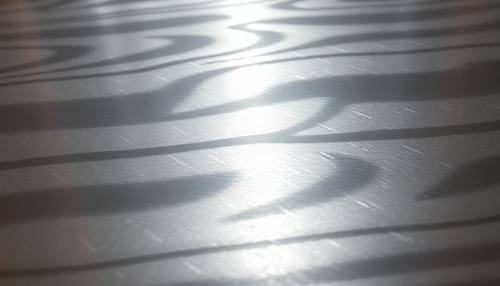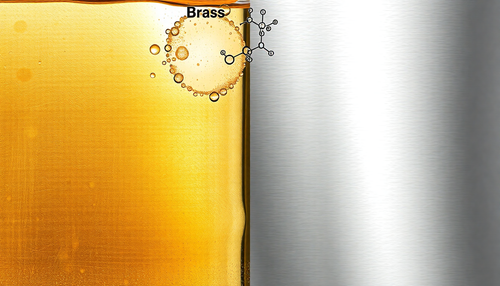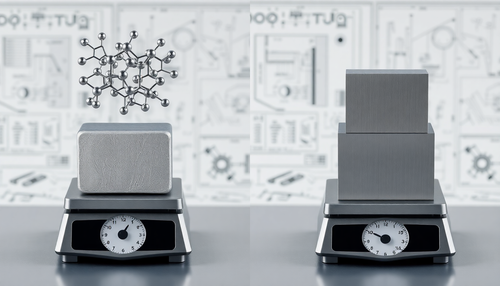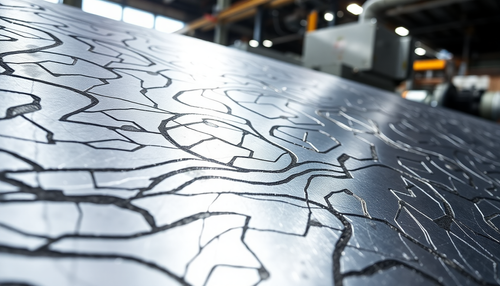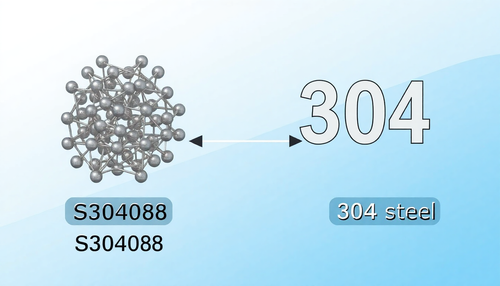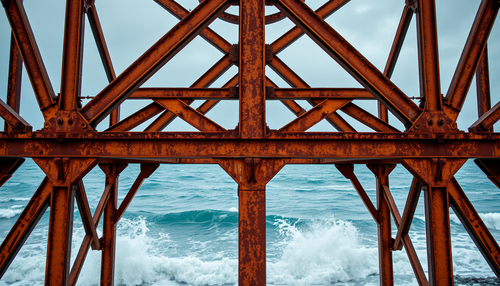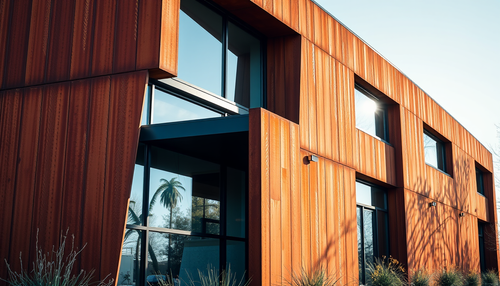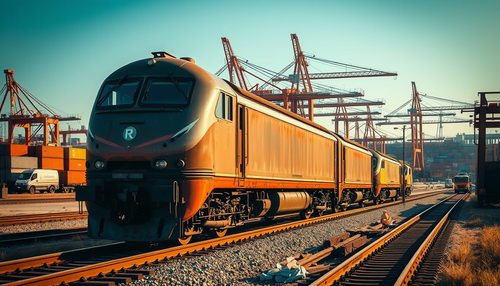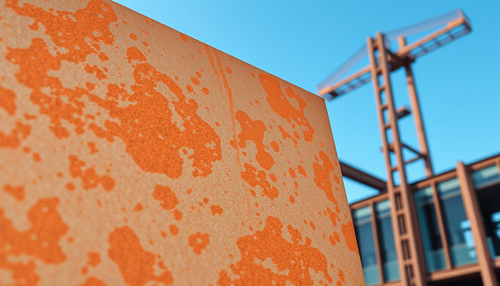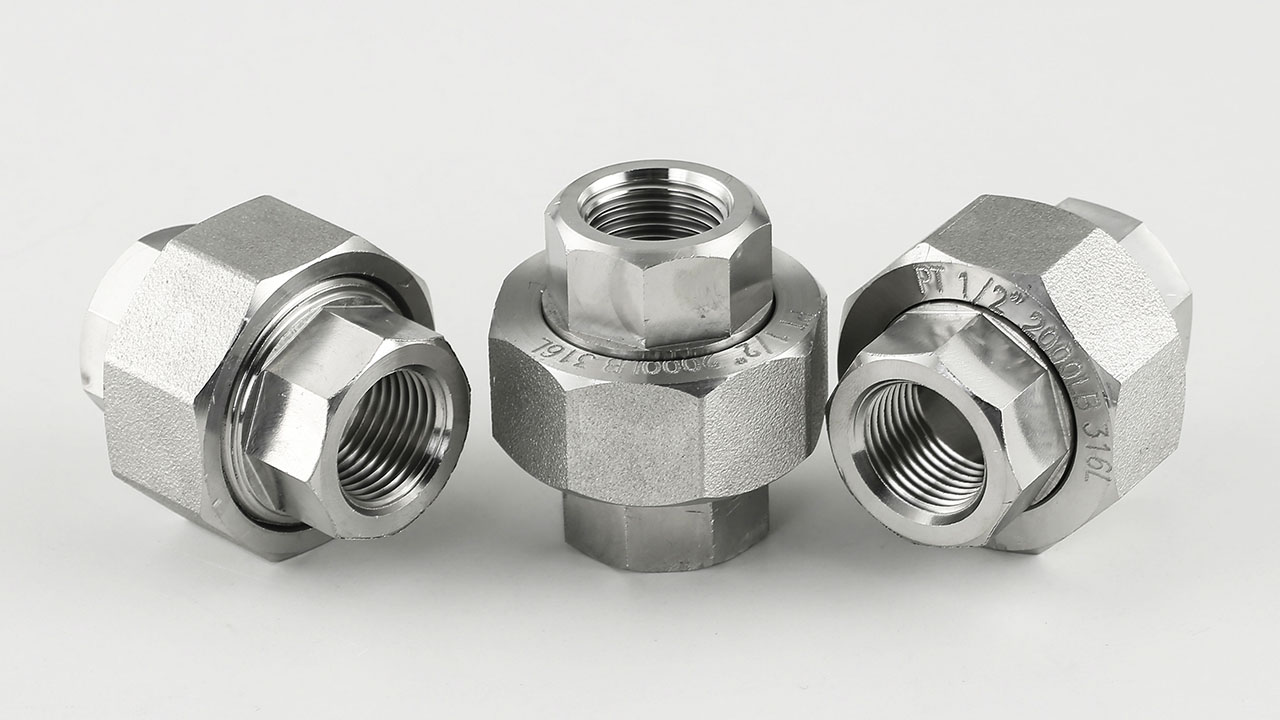
AISI 316L stainless steel (UNS S31603)
AISI 316L stainless steel is a modified ultra-low carbon Cr-Ni-Mo series austenitic stainless steel based on AISI 316. It is recommended for parts that cannot be annealed after welding in certain corrosive environments. The addition of molybdenum can provide corrosion resistance in phosphoric acid and acetic acid and dilute chloride solutions and corrosion resistance in sulfurous acid. SS316L is resistant to carbide precipitation in the temperature range of 425-870°C (800-1600°F), therefore normal welding can be performed without reducing corrosion resistance. However, when it is heated and kept in the sensitization temperature range for a long time during use, a large amount of carbides will precipitate, so it is generally recommended to use it below 425 °C (800 °F).
Properties of Type 316L Stainless Steel
The density of type 316L stainless steel is 0.289 lb/in3 (8.0 g/cm3); melting point is 1375-1400°C (2500-2550°F); 0.2% yield strength is minimum 25 ksi (170 MPa) in annealed and hot-finished condition, minimum 45 ksi (310 MPa) in annealed and cold-finished condition; Minimum tensile strength is 70 ksi (485 MPa) in the annealed and hot-finished condition, ≥ 90 ksi (620 MPa) in the annealed and cold-finished condition; Maximum Brinell hardness is 217 HB, maximum Rockwell hardness is 90 HRBW; Thermal conductivity is 12.1 W/m·K at 20 °C (68 °F), 16.3 W/m·K at 100 °C (212 °F).
Chemical composition
| Composition of 316L stainless steel,% | ||||||||||
| ASTM Standard | AISI | C, ≤ | Yes, ≤ | Mn, ≤ | P, ≤ | S, ≤ | Cr | No | Mo | N, ≤ |
| ASTM A276/A276M | 316L | 0.03 | 1.00 | 2:00 | 0.045 | 0.030 | 16.0-18.0 | 10.0-14.0 | 2:00-3:00 | – |
| ASTM A240/A240M | 316L | 0.03 | 0.75 | 2:00 | 0.045 | 0.030 | 16.0-18.0 | 10.0-14.0 | 2:00-3:00 | 0.10 |
Physical properties
The physical properties of grade 316L stainless steel are listed in the table below, such as density, melting point, specific heat, electrical resistivity, modulus of elasticity (modulus of elasticity), thermal conductivity, etc.
Grades:
- 10 -6 ·K -1 = 10 -6 /K
- 1Ω mm²/m = 1 μΩ m
- 1 g/cm3 = 1 kg/dm3 = 1000 kg/m3
- 1 GPa = 1kN/mm2
- 1 MPa = 1 N/mm2
| Physical properties of AISI 316L | Metric | Imperial |
| Density | 8.0g/cm3 | 0.289 lb/in3 |
| Fusion point | 1375-1400°C | 2500-2550°F |
| Specific thermal capacity | 500 J/kg·K at 20 °C | 0.12 Btu/lb°F at 68°F |
| Electrical resistivity | 0.74 μΩ at 20°C | 29.13 μΩ·in. at 68°F |
| Magnetic permeability | 1.01 (approximate) | – |
| Elastic modulus (Modulus of elasticity) | 193 GPa | 28× 103 ksi |
| Thermal conductivity | 14.0-15.9 W/m·K | 8.09-9.19 Btu/ft·h·°F |
Mechanical properties
The following tables list the mechanical properties of AISI 316L grade stainless steel, such as yield strength, tensile strength, elongation and hardness, etc.
| Mechanical Properties of AISI 316L | |||||||||
| ASTM | AISI type | Tensile strength, MPa (ksi), ≥ | 0.2% yield strength, MPa (ksi), ≥ | Elongation by 50 mm (2 in.), %, ≥ | Area Reduction, %, ≥ | Brinell hardness (HBW), ≤ | Rockwell hardness (HRBW), ≤ | Product Forms | Conditions |
| ASTM A240/A240M | 316L (UNS S31603) | 485 (70) | 170 (25) | 40 | – | 217 | 95 | Plate, Sheet and Strip | |
| ASTM A276/A276M | 485 (70) | 170 (25) | 40 | 50 | – | – | Bars and Shapes | Annealed, hot finished | |
| 620 (90) | 310 (45) | 30 | 40 | – | – | Annealed, cold finished, diameter ≤ 12.7 mm (0.5 in.) | |||
| 485 (70) | 170 (25) | 30 | 40 | – | – | Annealed, cold finished, diameter > 12.7 mm (0.5 in.) | |||
| ASTM A580/A580M | 485 (70) | 170 (25) | 35 | 50 | – | – | Wire | Annealed | |
| 620 (90) | 310 (45) | 30 | 40 | – | – | Wire | Cold finished | ||
| ASTM A473/A473M | 450 (65) | 170 (25) | 40 | 50 | – | – | Forged | Annealed | |
AISI 316L stainless steel equivalent
AISI 316L stainless steel equivalent materials are listed in the table below, including European EN (Germany DIN, British BSI, French NF…), ISO, Japanese JIS and Chinese standard GB (for reference).
| Grade equivalent to AISI 316L | ||||||||
| USA | European Union | ISO | Japan | China | Australia | India | Russia | Korea |
| 316L (UNS S31603) | X2CrNiMo17-12-2 (Material number: 1.4404) | X5CrNiMo17-12-2 (ISO number: 4404-316-03-I) | SUS316L | 00Cr17Ni14Mo2; 022Cr17Ni12Mo2 (New name) | 316L | X02Cr17Ni12Mo2 | ||
Related articles: 316 vs 316L, 316 stainless steel, 18-8 stainless steel, SUS304, 304 vs 316 stainless steel


